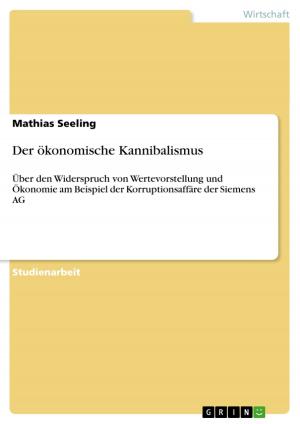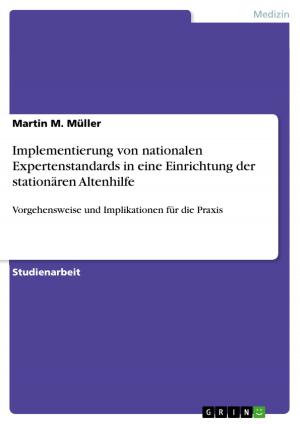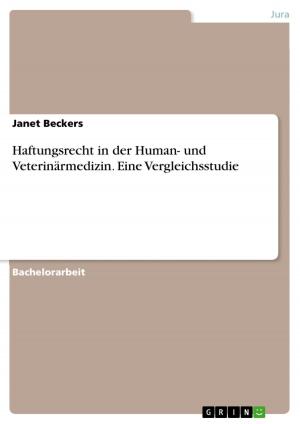| Author: | Eva Kiss | ISBN: | 9783638319416 |
| Publisher: | GRIN Verlag | Publication: | October 26, 2004 |
| Imprint: | GRIN Verlag | Language: | English |
| Author: | Eva Kiss |
| ISBN: | 9783638319416 |
| Publisher: | GRIN Verlag |
| Publication: | October 26, 2004 |
| Imprint: | GRIN Verlag |
| Language: | English |
Seminar paper from the year 2002 in the subject English Language and Literature Studies - Linguistics, grade: 2,3 (B), University of Bayreuth (English Linguistics), course: Speech acts and conversational principles, 4 entries in the bibliography, language: English, abstract: Every conversation is different from all others. Nobody ever had exactly the same private conversation again, even if he conversed about the same topic. Nevertheless there are certain items in conversations that are very alike or completely alike, and which seem to be build on certain schemes. Places in conversations where these schemes occur are openings and closings. The aim of this paper is to examine the mechanisms behind this phenomenon and to examine if and how these mechanisms have changed since they were first examined by Schegloff and other linguists in the 1970's. For providing the necessary background information, I will first give some basic features of conversation analysis which are important for the topic, before moving on to conversation openings and finally to conversation closings. In openings I will especially focus on the summons-answer structure, identification and recognition as well as on the changes that had to be made and were made to the structure since the establishment of number identification. Closings will be examined by their components and the different possibilities they provide will be analysed. As stated by Levinson (1983: 309) telephone conversation is one of 'social activities effectively constituted by talk itself'. This is, that the conversation is not disturbed in its pureness by extra-linguistic features like 'physical doings and positionings' (Schegloff 1973: 323). Participating hearers have to interpret the utterances with nothing more than voice, words, intonation and pauses which can be analysed linguistically. Also the beginnings and endings - and because of that also the opening and closing places - of such conversation can clearly be determined, as telephone conversation usually has a duration of the time of the call. Therefore telephone conversation is most suitable for linguistic research and I will focus on such conversation only (Schegloff 1973: 325).
Seminar paper from the year 2002 in the subject English Language and Literature Studies - Linguistics, grade: 2,3 (B), University of Bayreuth (English Linguistics), course: Speech acts and conversational principles, 4 entries in the bibliography, language: English, abstract: Every conversation is different from all others. Nobody ever had exactly the same private conversation again, even if he conversed about the same topic. Nevertheless there are certain items in conversations that are very alike or completely alike, and which seem to be build on certain schemes. Places in conversations where these schemes occur are openings and closings. The aim of this paper is to examine the mechanisms behind this phenomenon and to examine if and how these mechanisms have changed since they were first examined by Schegloff and other linguists in the 1970's. For providing the necessary background information, I will first give some basic features of conversation analysis which are important for the topic, before moving on to conversation openings and finally to conversation closings. In openings I will especially focus on the summons-answer structure, identification and recognition as well as on the changes that had to be made and were made to the structure since the establishment of number identification. Closings will be examined by their components and the different possibilities they provide will be analysed. As stated by Levinson (1983: 309) telephone conversation is one of 'social activities effectively constituted by talk itself'. This is, that the conversation is not disturbed in its pureness by extra-linguistic features like 'physical doings and positionings' (Schegloff 1973: 323). Participating hearers have to interpret the utterances with nothing more than voice, words, intonation and pauses which can be analysed linguistically. Also the beginnings and endings - and because of that also the opening and closing places - of such conversation can clearly be determined, as telephone conversation usually has a duration of the time of the call. Therefore telephone conversation is most suitable for linguistic research and I will focus on such conversation only (Schegloff 1973: 325).















